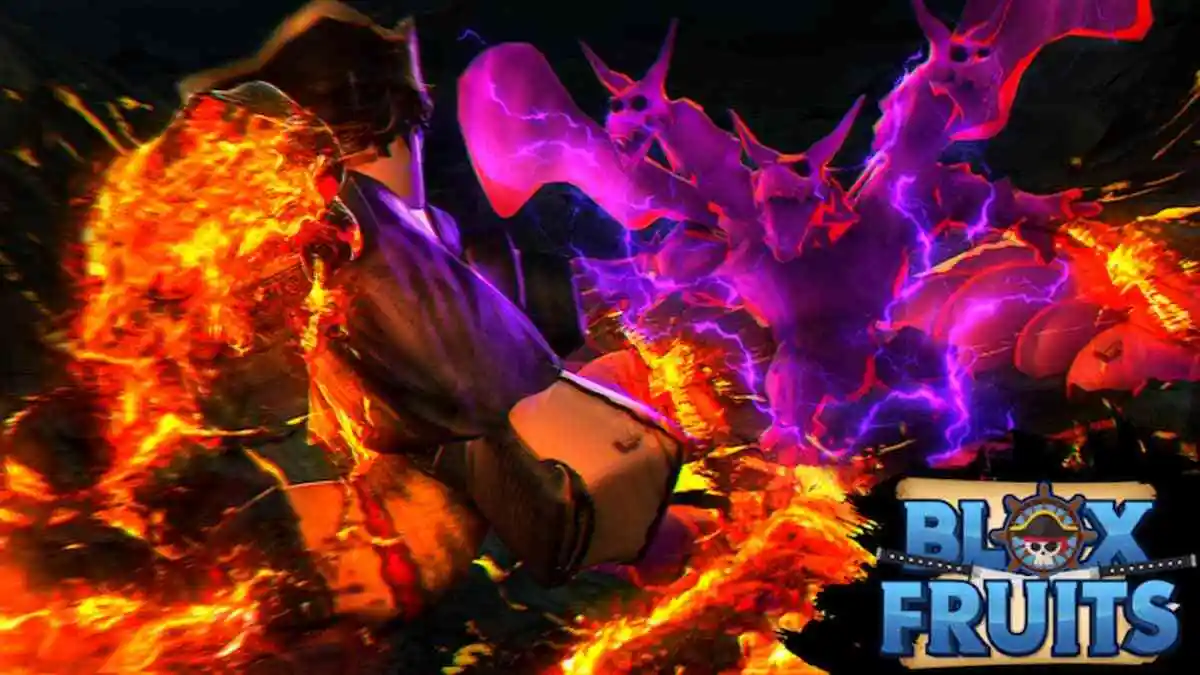It might just be me… but when I was starting out in Hearthstone, I loathed priests. They were the bane of my fledgling decks, due to a devastating combo in the class that can be very difficult to stop for a newbie player — the formation and attack of a large minion over a single turn. What helps priest to pull things like that off is their focus on both healing and card advantage.
Sottle, a professional Hearthstone player, came up with an excellent basic priest deck that explores these two ideas in a little more detail. To obtain all the cards required, you need to reach level 10 in the priest class — which is best done by playing the AI or getting into some matches in Casual mode.
While they can be tricky to master and haven’t been seen too much recently in Legendary rank, the priest class offers a lot of great options for players who are new to Hearthstone. A little more complex than the druid, both classes still have common ground in their potential for large minions and thus a capacity to turn the tide of a match very quickly.
What’s card advantage, anyway?
The sacred doctrine of mo’ money, mo’ problems doesn’t apply to Hearthstone‘s cards. Usually the more, the better! Having more cards each turn gives you more options and a better chance of making the most optimal play you can from your deck.
You can hold a maximum of ten cards in your hand at a time. Over this, and the cards are burned — destroyed as soon as they are drawn. If you run out of cards to draw from your deck, you’ll suffer fatigue — damage that increases over time. Some decks focus on doing fatigue damage to their opponent and stalling for time — winning through cumulative damage.
The Decklist
 This basic priest deck is designed to be here to stay. Its focus on healing, combined with the priest’s hero power, Lesser Heal, gives you the ability to whittle down and outlast your opponent — the goal of this deck. It features several cards that synergize well with this focus on healing, as well as both single and multi-target removal. Patience and a commitment to the long game are the keys to winning matches with this deck.
This basic priest deck is designed to be here to stay. Its focus on healing, combined with the priest’s hero power, Lesser Heal, gives you the ability to whittle down and outlast your opponent — the goal of this deck. It features several cards that synergize well with this focus on healing, as well as both single and multi-target removal. Patience and a commitment to the long game are the keys to winning matches with this deck.
Minions
First up is the equally loved and reviled Northshire Cleric. At just 1 mana, it’s tempting to drop it on your first turn and wait for an opportunity to use its excellent ability — any time a minion is healed, you draw a card. This can allow you get off to a strong start, and your opponent will recognize this; expect to see cards like Frostbolt and Fiery War Axe shut your cleric down right away. If you don’t think your opponent is carrying any 2 mana minions or spells along those lines, you’re good to go. Generally, though, it’s best to play the Northshire Cleric immediately before you deploy your healing.
The Voodoo Doctor, at only 1 mana, is a nice complement to your cleric, providing some of the cheapest healing available in the basic set. Two points of healing on a 2/1 allows it to fully heal your Northshire Cleric and activate that card’s draw ability. The River Crocolisk is chosen over the Bloodfen Raptor here because its 2/3 body is compatible with the more patient, controlling style of play this deck requires.


Another decent option for healing is using the Darkscale Healer, a 4/5 who restores 2 health to all friendly characters. Since your deck is focused on survivability, this card is best played when you already have a few minions on the board. All of the above also have great synergy with the Gurubashi Berserker, whose ability increases its attack by +2 each time it is damaged. Invest a little in healing and watch this unit shine!


Spells
There’s plenty of removal, draw, and healing packed into this deck! But the removal cards have one glaring blind spot — which we’ll get to in a moment.
First up is Power Word: Shield, which allows you to protect a minion by giving it +2 health. Perhaps more importantly, this spell also draws a card. An Ironfur Grizzly is a great target to this card, effectively turning it into a Sen’jin Shieldmasta. Divine Spirit allows you to extract extra value from a minion by doubling its life total, which has obvious synergy with Power Word: Shield.


Regarding removal, you’ve got Holy Nova, which carries the added benefit of healing any of your friendly units while dealing 2 damage to enemy minions. Sounds familiar? Consecration does something similar for paladins, albeit without the healing.
Sometimes, though, you might want to remove just a single minion and save your Holy Nova for something else. This is where Shadow Word: Pain and Shadow Word: Death come in. These two spells allow you to destroy a minion whose attack is either 3 or less or else 5 or more. Part of the reason that Chillwind Yeti enjoys such popularity is that it falls in the sweet spot between these, at four attack.


The big, bad spell in this deck is Mind Control. At a hefty 10 mana, it allows you to take complete control of an enemy minion. If there’s something threatening or something you’re unable to remove easily, Mind Control might be the solution. Taking control of an enemy’s Sludge Belcher, for example, is a potentially game-changing play. Other good targets include Sylvanas Windrunner and popular legendaries, particularly Tirion Fordring. Don’t let that nagging feeling that you need to conserve resources hold you back from using this on lesser cards, though, because a threat is still a threat.


Upgrades
This basic priest deck is enjoyable, but it’s really only the taster edition of what the class has to offer. If you’re interested in pursuing the control angle of this deck further, it’s worth saving the gold or buying the Naxxramas single-player adventure of Hearthstone. Cards in there like Zombie Chow and Sludge Belcher are rightly very popular, and have their place in many control decks. Lightwell and Inner Fire are also two very popular priest deck inclusions, as they form the pillars of the combination mentioned back at the beginning of this article.


If you’re lucky (or happen to have been saving up all your dust), Confessor Paletress is a formidable addition toy our deck, especially alongside other Inspire-themed cards like Garrison Commander and Lady of the Lake. She summons a random Legendary minion when you use your hero power, making her a prime target for removal. Plan her use carefully in order to extract the most value from her.


The Grand Tournament has also made a new type of deck possible: the dragon priest. It tends more towards a midrange style of play — midway between control and aggressive — and our guide even has some ideas for low-budget substitutions you can make!
Conclusion
The basic priest deck is made to stay around for the long game. Frustrate more aggressive decks by outlasting them through your range of healing abilities, and stay one step ahead of your foes through the deck’s excellent drawing power. It’s one of the more solid basic decks that we’ve seen, and in skillful hands can be devastating!







Published: Oct 23, 2015 07:10 am